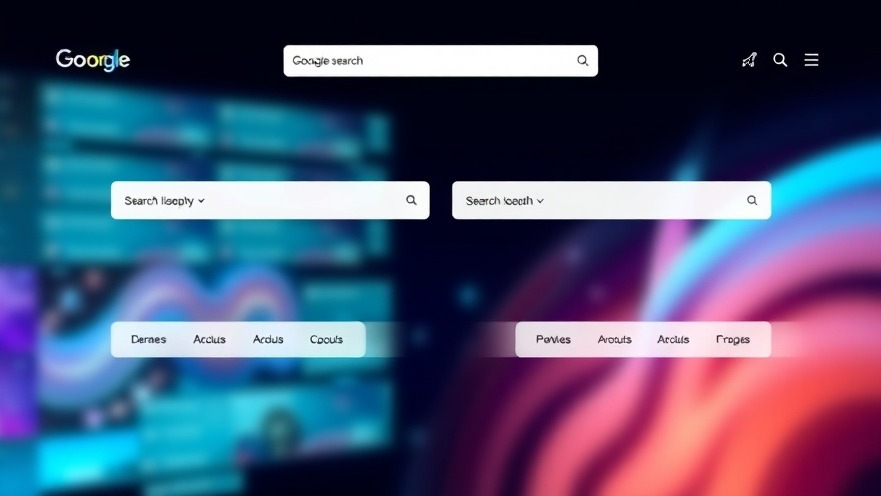
Why Simplicity Is Key in Modern Web Design
When you think about navigating a website, clarity and ease of use are essential. One of the most fundamental principles of great web design is simplicity. A well-designed site should guide the user effortlessly to their goal, not overwhelm them with choices. Unsplash, a favorite among creatives for its beautiful images, is currently caught in a maze of its own making. The decision to implement two search bars has created a cluttered user experience, diverting attention from what truly matters: accessing its stunning library of free stock images.
Two Search Bars: A Confusing Dilemma
The dilemma revolves around Unsplash's homepage, where landing on a cluttered interface featuring two nearly identical search bars can feel like running a gauntlet. Users quickly question the necessity of having two search options that lead to identical results. Rather than enhancing the navigation experience, this redundancy creates unnecessary complexity. For first-time visitors, especially those unfamiliar with the platform, this can be incredibly frustrating, muddying their initial impression of the site.
Redundancy vs. Efficiency: The Balance of Options
There's no doubt that providing options is crucial in creating user-centric designs. However, opportunities should not morph into confusion. The moment users arrive at a homepage cluttered with excessive options, it jeopardizes the ease of finding the information they need. In this case, Unsplash risks alienating even the most dedicated of users with an imprecise layout. The balance lies in prioritizing options that enhance clarity rather than adding to navigation woes.
The Expert Viewpoint: Insights from Designers
In the field of web design, experts emphasize the importance of fast user decision-making. Research indicates that users form opinions about a site's quality within seconds of arrival, often judging its navigation as one of the first elements. With this in mind, how does Unsplash’s approach align with these principles? Instead of empowering users, the presence of two search bars sends mixed signals about the site's usability. Designers must understand that less is often more, prioritizing simplicity to benefit the overall user experience.
What Can Be Done?
The potential solutions for Unsplash are straightforward. Streamlining the interface by consolidating search functionality into a single, powerful search advantage would not only declutter the homepage but also enhance user satisfaction. By ensuring that the search bar is both efficient and unique in its capability, Unsplash can redirect focus where it matters most. Integrating the idea of specificity in one search, while maintaining flexibility in a thoughtfully designed interface, may well be the answer to their navigation conundrum.
Final Thoughts: A Call to Action for Unsplash and Beyond
The ongoing design discussion around Unsplash highlights an important lesson for all web developers: never underestimate the impact of a streamlined design. In a realm where clarity leads to higher user satisfaction, the need for excessive features can lead to a decline in engagement. As a parting note, creators across the digital landscape are encouraged to evaluate their own designs critically. Let’s aim for elegant simplicity, embrace clarity, and filter out the noise that complicates user journeys.
 Add Row
Add Row  Add
Add 




Write A Comment